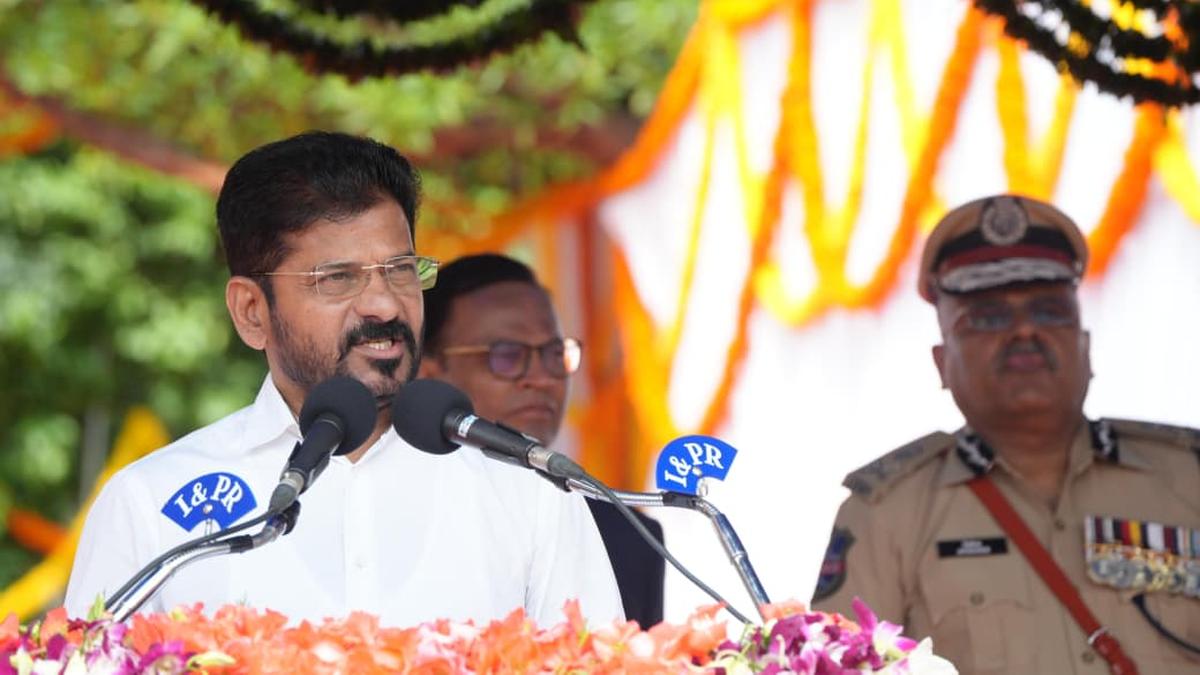The building stands on Avvai Shanmugam/V.P. Raman Salai/Lloyd Road (only in Chennai can we have three names for a single road), just bordering on Gopalapuram. The original, and from what I can make of it, handsome edifice, has since been marred by mindless extensions both horizontally and vertically. And in one corner is a painted and fast-fading sign that says Gopalapuram Co-Operative Housing Society Limited. Standing by its side, I could not help reflecting on how this building may hold within it the story of the development of not just one, but as many as five housing developments in the city.
The Co-Operative Credit Societies Bill was passed by the Government of India in March 1904 and Madras was, as it often was, first off the mark. The Triplicane Urban Co-Operative Society, TUCS, was the country’s first such body. A decade later, the possibility of such societies for affordable housing was realised and the Madras Provincial Co-Operative Union was formed in 1914. However, a true fillip in housing societies happened only with the founding of the Madras City Co-Operative Building Society in 1923, in Triplicane. It shortly thereafter changed its name to Madras Government Servants Co-Operative Building Society.
The first project of the society was Gopalapuram, as has been documented earlier in this column. That was on 114 grounds on Lloyd’s Road, between Mount Road and Mowbray’s Road and once belonging to Nawab Sir Syed Muhammad, a senior Congress leader after whose passing the property vested with the Official Assignee of the High Court of Madras.
Gopalapuram was named after Sir N. Gopalaswami Iyengar, then of the Madras Civil Service and later to become Dewan of Kashmir and independent India’s first railway minister. He was the leading light of the co-operative society that developed the colony.
In 1937-38, the society purchased around 38 grounds in what was known as Singarathoppu off Lloyds Road in Royapettah to develop Lakshmipuram. Six grounds were reserved for roads and other utilities, while the rest was allotted to 16 members for building houses. A piece of land was retained for common purpose of the colonists. The society laid out the roads and handed them over to the corporation. This area became known for the Lakshmipuram Young Men’s Association, which for long held the reputation of being an intellectual body that every leader in the State aspired to be invited to address.
A few years later, the society bought around 200 grounds at the southern end of Mowbrays Road belonging to the Official Trustee of Madras. A triangular piece of land belonging to the Bishop of Madras adjacent to this site was also purchased. The entire block was parcelled into 42 plots and thus, was formed Sriramnagar, which still remains a very handsome locality, with broad roads. In 1943-44, the society purchased around 50 grounds near Norton Lane in Mandaveli from a C. Sambanda Mudaliar and developed a layout comprising around 25 plots. The corporation laid the roads, the cost of which was met by the society. In 1953, the Bank purchased around 60 grounds in Guindy for a sum of ₹20,000 for the development of the Ganapathy Nagar colony.
Some time after this, the society seems to have lost steam. It converted itself into a mortgage bank to enable the members to pledge their properties and seek loans for various purposes other than just house building. In 1945, the bank was taken over by the South Indian Co-Operative Insurance Society. It seems to have faded away by the 1950s, its good work done.



.png)
.png)
.png)
















 3 hours ago
4
3 hours ago
4










 English (US) ·
English (US) ·